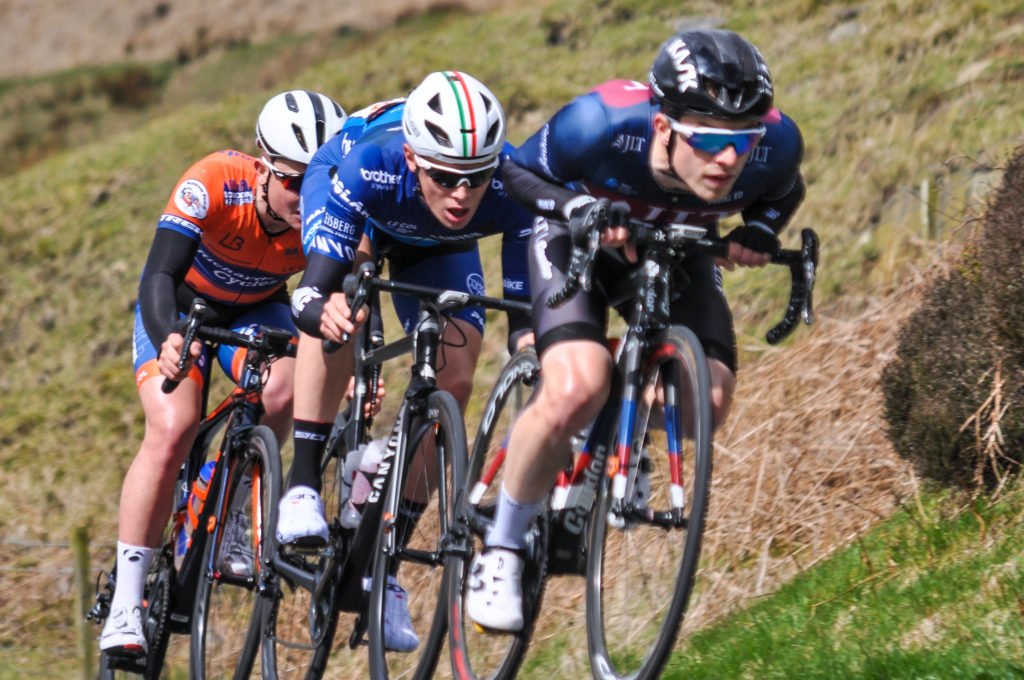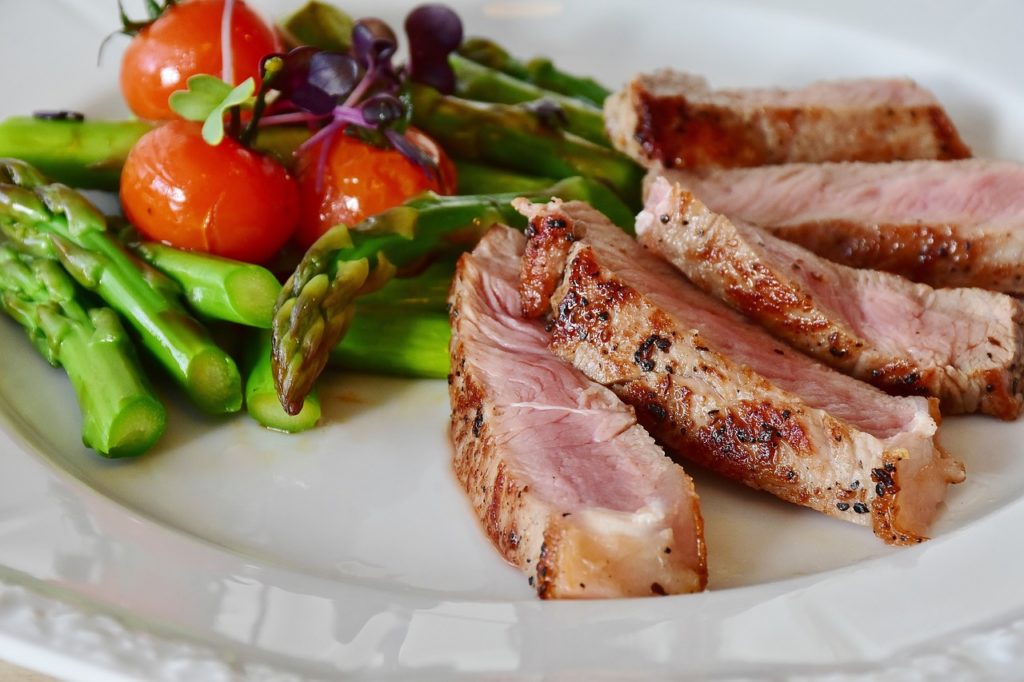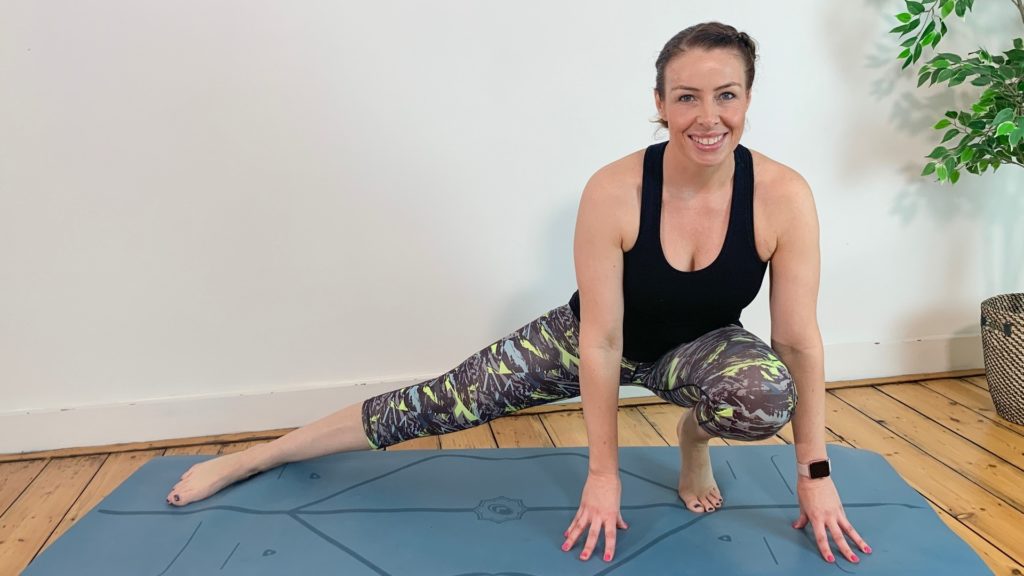Five simple recovery strategies to get you back in the saddle fast.

Cycling is easily one of the best activities you can do for fun and fitness. But as we all know, the going can get tough. Super tough.
Take the Giro d’Italia, the first Grand Tour of 2019 running for a brutal 2 weeks from 11 May–2 June. It’s no doubt one of the most gruelling endurance events in the world. And with three nail-biting time trials, a route crammed with legendary climbs and seven summit finishes, riders are in for a long, hard race this year. So how do they recover after such a feat?
Whether you’re training for an epic road race, aching from a gym workout or simply want to get back on your bike ASAP, we’ve pulled together some cycling recovery advice.
COOL OFF
You know the feeling after a hard session: Gasping for air. Legs like jelly. Body burning from the build-up of lactic acid. Sure, hanging up your helmet and limping back home seems like a reasonable option. But instead of calling it quits, cool down for at least 5–15 minutes first, which helps to get the oxygen-rich blood back into your overworked muscles.
A cool down removes metabolic waste products and redistributes blood around the body, which minimises that dizzy and faint feeling after intense exercise. This is also an excellent time to reflect on your performance so you can prepare for the next ride, race or event.
Ideally, a cool down should be worked into the end of every ride. Keep turning those legs over for several minutes while bringing your heart rate down to near resting levels. Simple but effective!
TOP UP THE TANK

How many calories do we really burn when we’re riding our bikes? The answer depends on a variety of factors, from age, weight and speed to the type of terrain you ride and almost everything along the way. As an estimate, pro cyclists can burn up to 10–15 calories per minute, often roasting upwards of 10,000 a day during a hard race like the Giro d’Italia.
In any case, refuelling right away is key to recovery. Of course, hydration is essential at all stages of your training, and in this case, water is the go-to. For post-workout recovery, a protein and carb-based drink is a perfect choice, quickly restoring the body’s glycogen supply and repairing damaged muscle tissues.
A good recovery drink will have a 3:1 ratio of carbs to protein. Need a cheap and tasty top-up? Chocolate milk is loaded with 8 grams of protein and 26 grams of carbs per serving – not bad at all.
But to get back to optimal condition, there’s no replacement for real food. Aim to consume about 1 g of carbohydrate per kilogram of body weight and 20–30 kg of protein per portion. Chow down on nutritious foods like an omelette, sweet potatoes and a side of banana.
Pro tip: White rice is a staple of many pro cyclists because it’s quick, easy and a sure bet to restore muscle glycogen FAST. Ideal if you’re short on time.
REST EASY
As avid cyclists, we’re always tempted to hit the road again, and in a hurry. But the experts agree that time off is equally important as time on. Not only will resting improve your ability to train and recover, but it will also prevent you from plateauing.
Getting quality sleep is a good start, and when you’re a cyclist, it plays an even more vital role. Sleep deprivation increases levels of the stress hormone, cortisol, which is public enemy no. 1 for athletes. A lack of sleep also decreases carbohydrates stored for energy during physical activity. In short, fewer Zzz’s means more fatigue, low energy and poor focus – precisely what you don’t need when trying to shave seconds off your sprint.
How much sleep do you need? In an article on active.com, the US-based National Institute of Health recommends that “adult men and women need an average of 7 to 8 hour of sleep per night.” Competitive athletes may need even more. In his prime, three-time Olympic medallist and retired British cyclist champ Rob Hayles often slept 12 hours a night.
You can get more rest with a few lifestyle hacks, such as avoiding caffeine and alcohol before bedtime, keeping the TV in the living room and sticking to a sleep schedule.
STRETCH, RUB, REPEAT

Just because you’re resting doesn’t mean you have to be idle. Use this time wisely by stretching frequently. As it turns out, stretching is often one of the most overlooked and underrated forms of recovery.
Besides boosting your flexibility, helping you be more comfortable in the saddle, static stretching improves blood flow to your muscles. Pilates is a low impact form of movement that lengthens all the major muscle groups in the human body in a balanced way. If you’d like to give it a go, we’ve partnered with Pilates by Georgia to offer physio-led classes designed especially for cyclists and triathletes.
On the other hand (or rather two), massages can increase blood flow, align muscle fibres and reduce muscle tightness. Regular massages can identify potential injuries, which helps to fine-tune your training programme. You may even find tender spots you never knew you had. We suggest looking for a qualified sports massage therapist with a good reputation as they’l use a range of techniques to suit your needs.
RIDE TO RECOVERY
If you can’t help but get back on your bike soon after training, going out for a recovery ride is a great way to get back up to speed. In fact, this form of active recovery can be more effective than resting alone. But remember to keep it to a smooth pace and easy effort for the whole ride.
To gain the full benefits, a British Cycling training plan suggests riding for 1–2 hours the day after a big ride or workout. It’s best to keep your cadence between 90–100 rpm on flat terrain. Riders on Grand Tours will usually spend two hours on a recovery ride on their rest days.
And there you have it: five tried and true strategies to help you recover quickly. Cycling is a fantastic way to stay active and healthy, but for those of us who like to go the distance, it can be quite taxing on the body. If you take the time to rest and repair, however, you’ll be able to push harder, ride further and achieve your goals faster.